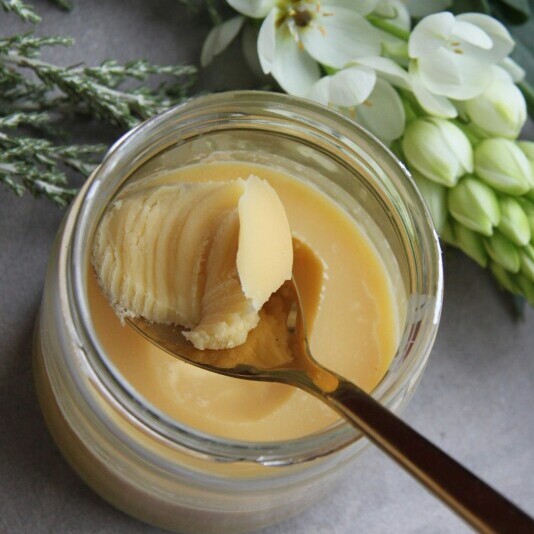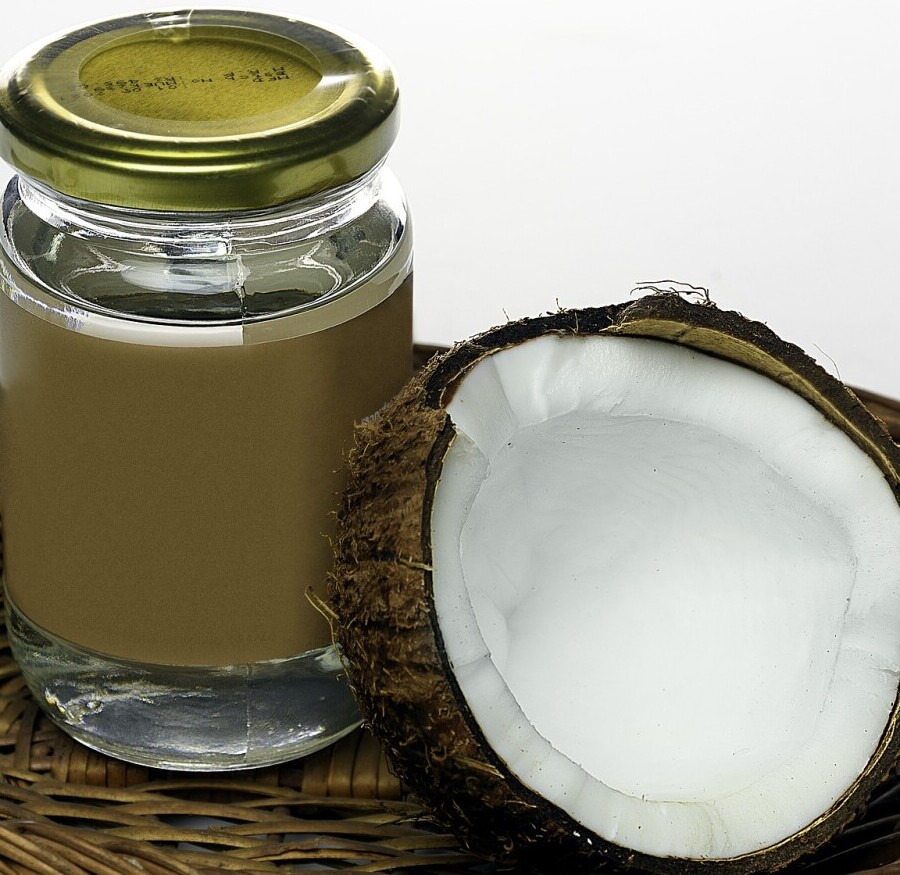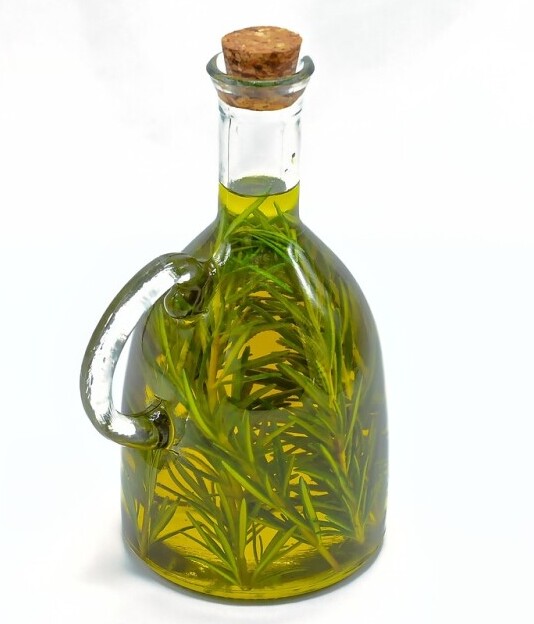Twist outs are more than just a hairstyle; they’re a popular method to define curls, adding both definition and volume to natural hair. This technique involves twisting hair strands while wet and allowing them to dry in order to create bouncy, structured curls.
Twist outs work wonders by enhancing the natural texture, offering a healthy style without heat damage. A neat twist out ensures your hair stays moisturized and retains its shape. Through the twisting process, your curls get a fabulous makeover, transforming into a beautiful pattern that holds throughout the day.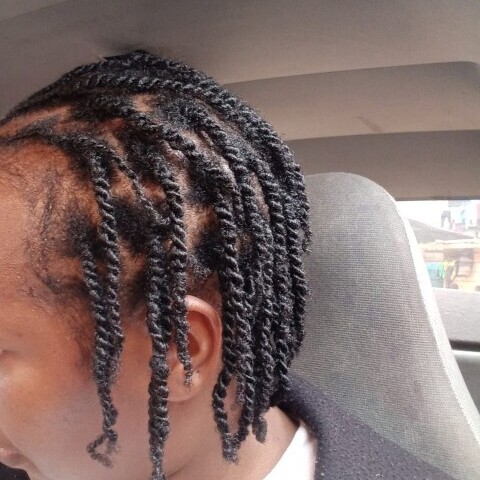
There are several types of twists to explore and find what works best for you. Classic two-strand twists are perfect for beginners and give a soft, defined look. Flat twists sit close to your scalp, making them great for a more intricate, textured appearance. You can mix and match styles to suit your mood or occasion.
One of the biggest perks of twist outs is the magic they bring to natural hair. They help preserve your hair’s health by minimizing breakage and excessive handling. Embracing this style means you get to enjoy amazing definition, extra body, and endless styling options without the commitment or damage of more labor-intensive methods.
Step-by-Step Guide to Perfecting Your Twist Out
Getting ready for a twist out means starting with clean and conditioned hair. It’s all about setting the stage for your strands. A gentle shampoo followed by a moisturizing conditioner will do wonders. Once your hair is clean, it’s crucial to detangle it properly using a wide-tooth comb or your fingers to prevent any snags during twisting.
Choosing the right product is like finding the perfect partner for your curls. Look for moisturizers, gels, or creams that provide ample hold without making your hair stiff. These products are your best friends for maintaining a juicy, defined twist out. Experiment with a few to see which one vibes with your hair texture and gives you the bounce and definition you’re after.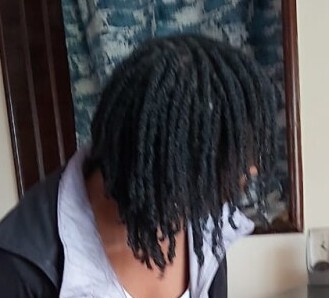
The actual twisting can be a bit of a learning curve, but trust yourself, and you’ll get there. Starting with damp hair, divide it into sections that work for you. Smaller sections often mean more definition. Twist each section tightly, making sure to secure the ends to lock in the style. Your hair will thank you later.
Patience plays a key role in the drying phase. Air drying is ideal, but if you’re pressed for time, a hooded dryer does the trick without sapping moisture. The waiting game is real, yet it’s well worth it to ensure your twist out comes out defined and long-lasting. Timing this right is crucial for success, so resist the urge to unravel too soon.
Maintaining and Styling Your Twist Out for Longevity and Variety
Keep those stunning curls in check with a simple yet effective night routine. Covering your hair with a satin bonnet or scarf can make a huge difference in maintaining moisture and preventing frizz. It’s your hair’s best friend while you catch some Z’s, making sure those twists stay on point.

The big reveal of your twist out deserves some attention, too. When ready, unravel each twist gently to avoid any disruption to your hard-won definition. A little oil on your fingers can help reduce friction, letting those curls spring forth full of life.
Wanna change things up? Twist outs offer endless styling opportunities. Whether you’re twisting, pinning, or braiding, you can easily transform that twist out into a chic updo or a playful braid-out. This style flexibility keeps your look fresh and exciting without much hassle.
Sometimes, things don’t quite go to plan. Frizz, loss of definition, or uneven curls can sneak up, but don’t stress. A touch of styling cream or spray can help bring back some bounce. It’s all about trial and error, and finding what works for your unique texture is part of the journey.



